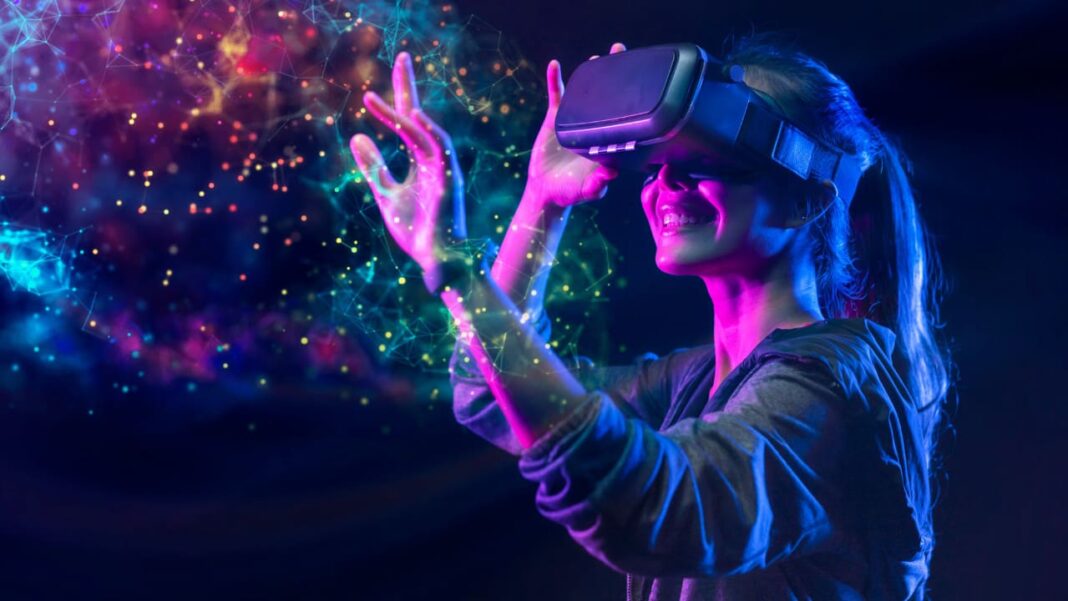The Unseen Inferno
A wave of demonstrations and r iot broke out in the US in the summer of 2020, with the death of George Floyd being the protesting case. This unfortunate event triggered a storm of wrath and frustration as it was a pointer to the enduring racial and social inequalities. Theo lowing chaos served to portray riots as an evil force and the need to find solutions to the problems fueling them as urgent.
Society is fractured and its hopes and aspirations are being articulated through riots, thus how one attempts to make sense of the event and what one does becomes personal. Riots are not just mindless violence, they are politically motivated. From barbarism to modernity, history has been changed through r iot and societies and economies have been scarred as a result.
The Psychology of Rioting:
Mob Mentality: The Crowd Is Gravitating
In the midst of a crowd, hope replaces the despair of being alone. Hope is the most intoxicating drug known, even more than cocaine; and when fed the forefront protocol of hope, a person achieves a shared consciousness. Deindividuation explains the phenomenon of someone who initially would not partake in the violence does so under the assumption that the violence does not reflect their individual selves. As a result of these unaddressed internal struggles, individuals become “bandwagon riders,” tumbling under the force of the majority, which cause despicable actions that go against one’s initial stance.
Emotional Fuel: The Fire Within
Emotions such as anger, frustration, and despair can get the ball rolling for a riot. These feelings could mean a person’s judgment gets clouded, they cannot think to reason, and end up getting violent. With these emotions and the crowd’s emotions combined it could instantly turn for the worse.
The Sociopolitical Roots of Riots:
1) Inequality and Injustice: A Powder Keg:
People often argue about economic differences and discrimination, and these communities feel marginalized and feel deprived, and that is sympathized. Such emotions are justified when ones political rights are being neglected and having no proper partaking in society causing violence to break out.
2) Political Polarization and Extremism: A Dangerous Divide:
When political leaders instill fear and resentment within the masses and create an extremist ideal it could escalate into violence as they would expect their leaders to instigate violence. Misinformation and miscommunication only add bread to the fire and destroys unity.
Riots’ Effects: An Invaluable Cost:
1) Infrastructure Damage And Revenue Reduction:
Riots can also result in significant infrastructural destruction, such as damage to commercial properties, land, and personal property. Economically, the loss was commercial leases, goods, and businesses. Economically affected regions could pay this price through loss of jobs, shuttered enterprises, and increased poverty levels.
2) Breakdown of Society and Political Instability:
People’s hope is the social contract; when it is broken, conflict is an inevitable outcome. Often, the brutality of such conflicts reaches a point where the perpetrators and their targets are forced to run and hide, versatility, and creativity are required. Political systems can be displaced, and democratic governments might be usurped. And when order is disturbed, there are always voids, and fanatical elements fill up these gaps with ease.
3) Area-Dependent Unresolved Issues And Traumatic Stress:
The harm is immeasurable and can linger on for generations beyond the violence. People have been found to complain about post-traumatic stress, anxiety disorders, and depression after witnessing violence. The unprecedented violence for a particular reason might also lead a society to fragmentation and growing social discontent.
Preventing Riots: Where a Peace is Possible
1) Exploring the Problems:
For there to be a reduction in riots, we must be able to understand and master the factors that promote the occurrence of such riots, primarily economic inequality. Kumekucha calls for the forming of laws concentrating around the achieving of equal opportunity, achieving of justice, and the ensuring of peace. Consider enhancing access to education, health care and employment for these societies that have been left out.
2) Efficient Law Enforcement:
Strategically stationed riot police seem to do little good in preventing cases of riots from developing, the key is in having a strong system of law enforcement as it is the one that guarantees instances of riots do not occur. This involves deploying community members within the affected areas to build confidence and discourage these acts from even being thought about.
Having integrity and being transparent goes a long way in helping have public confidence in police forces. Responsible officers are less likely to misbehave and also greatly assists in regaining the public’s faith in law enforcement.
3) The Impact of Dialogue and Reconciliation:
Promoting constructive dialogue and peaceful protests is vital to solve problems and avoid violence. Open communication creates honesty and togetherness so that people can resolve issues. Relationships are established, and social harmony is created through understanding and compassion. If we actively hear other people’s voices and look for compromises, we can build a safer and better world.
Conclusion :
The reasons for riots are multi-faceted. There is a mixture of psychology, social interactions, and politics. If we understand the root of riots and find a way to best deal with them, we can target for a good world with less violence.
It is all our responsibility to stop riots from happening. Avoiding acting aggressively, fostering acceptance and tolerance as well as encouraging understanding can help. There are also numerous organizations that support the fight against inequality, injustice, and social injustice. Working together to make a change will lead to a more advantageous future for everyone, including future generations.


